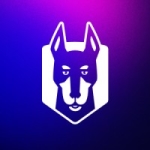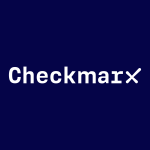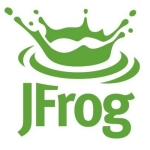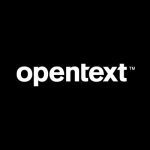I'm using it to troubleshoot and know the issues in my code and resolve them as soon as possible.
Veracode helps me to understand and resolve vulnerabilities in my code. It's very good to have, and what's most interesting is that the Veracode Greenlight gives me real-time output and resolution. I can also schedule calls with the security experts for any resolution. It's good for understanding and resolving issues that my code might have.
Veracode definitely helps in creating a secure environment for both the company as well as the clients. Our clients require their data to be secure. They also require a stable solution. Veracode is helping me in developing a good product. It provides full information and also helps in a quick resolution.
Veracode is secure, and it has coding standards. It helps me in penetration testing and application security consultation. It exposes common vulnerabilities. The static scan is very good, and it gives me valuable information and a very good recommendation of how I can fix it.
We can integrate Veracode for both static and dynamic analysis to reduce the risks in the application and prevent vulnerabilities. A significant benefit is that you have a risk-free code. It minimizes the risks.
It gives visibility into the application status at every phase of development. There is Veracode Static Analysis, Dynamic Analysis, Software Composition Analysis, and Manual Penetration Test throughout SDLC.
Veracode has been very important and helpful in creating stable products because we are able to identify issues in the code and then create powerful and stable products for clients.
Veracode provides all details regarding the issues and the way to resolve them. It makes it easy for me as a developer to understand the issue in a better way. It improves a developer's confidence in the solution when fixing vulnerabilities.
Veracode has saved a lot of our time. It has saved us about 45% time.
Veracode has enhanced security. We are able to identify what is missing and what are the issues in the code. When we know that the code has an issue, we are able to make sure that we correct it. Veracode has helped us a lot in providing a stable, secure solution to our clients.
Veracode has helped us to develop faster because it's so straightforward. It has clear documentation that you can use to create a very good and stable environment for developers to collaborate and create a unique solution.
IDE Scan is the most important feature, and then you have SCA and Platform Scan.
I like the fact that it can be used at any stage of application development. I use scanning with a particular piece of code. There is an extension that helps me to create my code easily in Visual Studio and then find flaws before deploying the code. It's definitely benefiting me and the organization. It's so quick and easy to create a code and then deploy it live.
It's easy to create reports. It works very well. It's straightforward, and it does not require a lot of time. It's a straightforward platform that you can use for performing scans or mitigating issues. It has a very good user interface. FAQs are also helpful in case you are not familiar with it. It's good and straightforward when you integrate it with machine learning platforms.
It's very expensive for a small organization.
I have been using it for a year and a half.
It's a very stable solution.
It's scalable enough. Veracode is being used in the engineering department. It's being only used in one department by two people. It's a developer tool for developing solutions faster, troubleshooting, and debugging.
Their support is good because there is an option to request a consultation. If you face any issue or any difficulty with the scans or mitigation, they can help you out. The support service for me is very costly, but you also have a well-organized FAQ and a very big community for asking questions and getting a solution. I'd rate their support a 10 out of 10.
I haven't used a different solution. This is the first solution I've used.
I was involved in its deployment. It took me one week to implement Veracode. The process was straightforward. If you are lost or have any issues, you can read the documentation.
It's not so huge to provide a lot of return on investment, but it's helping us to have a stable solution. It's a secure platform, but in terms of the return on investment, it hasn't made a very good impact yet. We have only seen 10% to 15% ROI.
It has reduced the cost of DevSecOps for the organization because we can use one platform to develop, troubleshoot, and debug faster, so it has helped us a lot.
It's very expensive, especially when you are a very small organization. If you're using Veracode at an individual level, for example, you're a developer or you run agents, the pricing might not affect you, but if you're using it at a company level to troubleshoot security issues, the pricing is not quite favorable. It may affect ROI.
Veracode is good. It's for organizations that want to give their customers both security and privacy. It's good in case you want to dive deep into the code and get the flaws that could be dangerous to both the organization and the customers using an application. If you are looking to create a good application that is also secure, I'd recommend Veracode.
Overall, I'd rate Veracode a 9 out of 10.




















